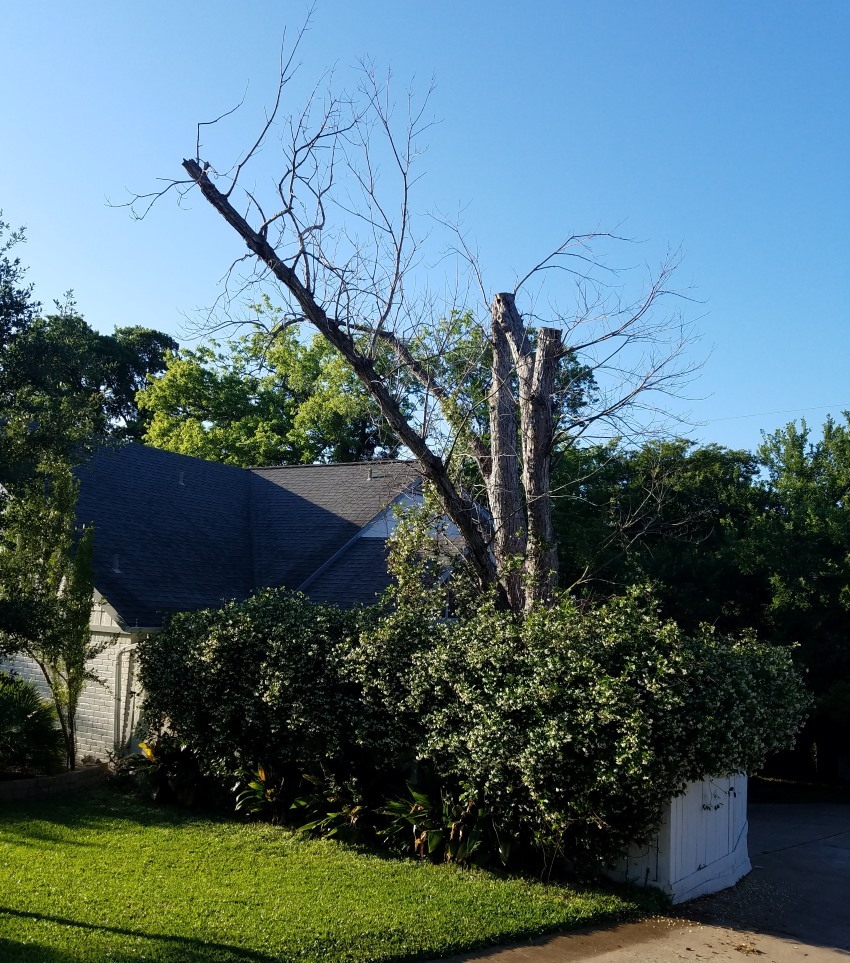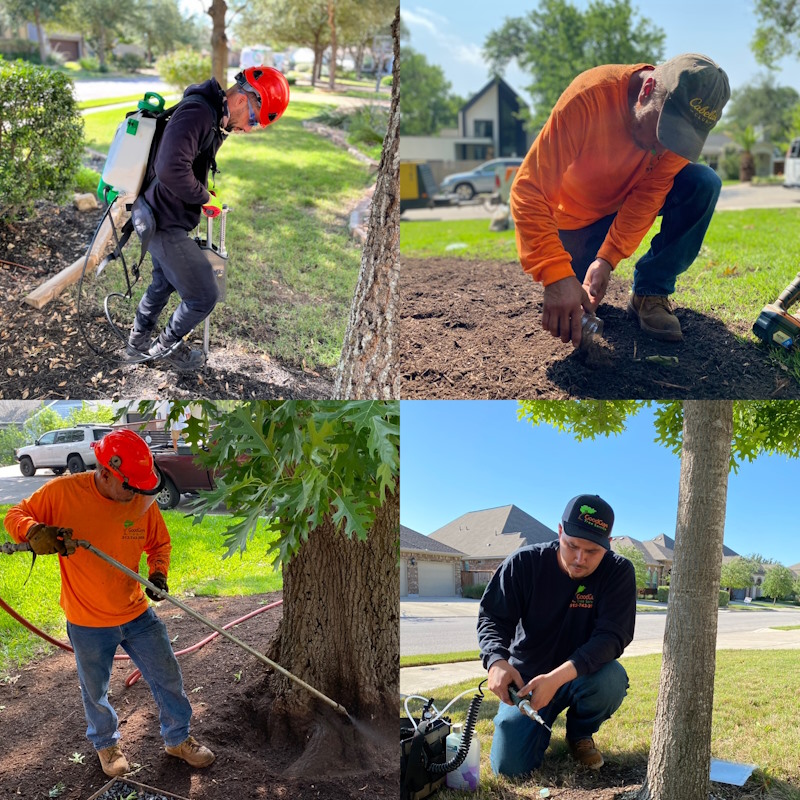How to know when a tree might need to be removed
It should be obvious, if your tree is completely dead, it absolutely should be cut down for safety reasons. Limbs and branches will start falling soon after death. There is also a risk that the whole tree could fall as well, endangering property, pets, and even lives.
But what about struggling trees? A damaged or partially dead tree can also be dangerous. Sometimes they can recover, and the human inclination is to give everyone a second chance. Let’s look at some of the considerations first before deciding.
How close is the tree to living spaces?
The first consideration should always be human life and limb. Does this tree threaten sidewalks, a road, or perhaps a back yard where children might play? Is it dangerously close to a dwelling, perhaps leaning towards a bedroom, or an often-occupied back deck? These are areas you simply don’t want to have a tree hospital. Some studies have claimed as many as 150 people a year are killed by falling trees or limbs, and there is no real data on how many injuries there are. If there is any real risk to people, cut it down!
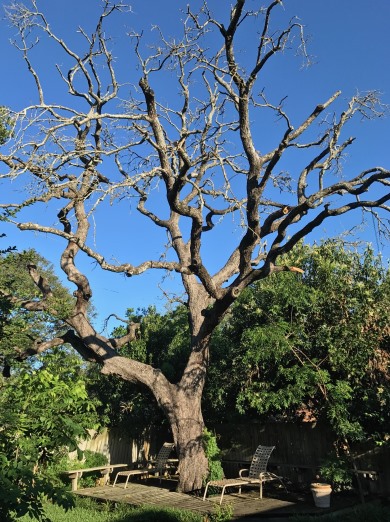
How much will it cost to treat and/or medicate the tree versus replacing it?
This can be somewhat more difficult to assess. Generally, it depends a lot on what your vision of a replacement might be. A small seedling might only cost $10, yet a large sapling could cost you a $1000 or more depending on the species and size. Also, some diseases are easily treated with water and nutrients but for many diseases the necessary applications can be costly and require years of treatment to be effective. It is best to get professional consultation from a certified arborist to get a full grasp on the effectiveness and cost of saving a tree before spending your hard-earned cash on what may be a lost cause. You might also consider replacement with a hardier species a better long-term solution, depending on the original cause of the tree’s decline. In the end, this decision is up to you. It can be hard to put a price on a heritage tree.
Be realistic about a trees chance of recovery
Whether it’s a lightning strike, wind damage, or perhaps die-back from drought or nutritional deficiencies, every tree has a limit to what it can fully recover from. This isn’t an exact science, but canopy damage of somewhere between 25%-50% is enough to doom most hardwood trees. If disease is the cause, as little as 15% canopy loss can spell irreversible decline in many species of trees. Knowing the cause is key to making this assessment. Perhaps the tree is just water stressed and dropped its leaves early to protect itself. It is well worth the money to have an arborist give you a diagnostic report. Make an informed decision and have the facts in hand before throwing money down a rabbit hole… or in this case, a squirrel hole!
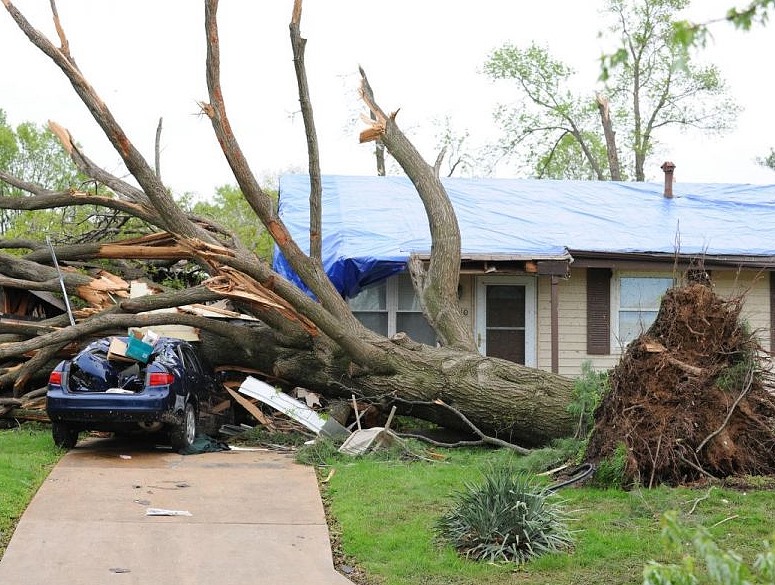
Don’t take bad advice
Your neighbor, Ned, really does mean well with his tree advice, “Just throw down some Weed & Feed, it’ll give it a boost!”
But the truth is there are thousands of tree species and sometimes dozens of sub-groups and hybrids within a species. Unless Ned just happens to be a certified arborist, and familiar with the kinds of trees in your area, Ned’s guess is exactly that. Even professionals need to send off soil or leaf samples often, to specify exactly the nature of what is causing a decline in a tree. You take your animals to a vet. Take an arborist to your trees.
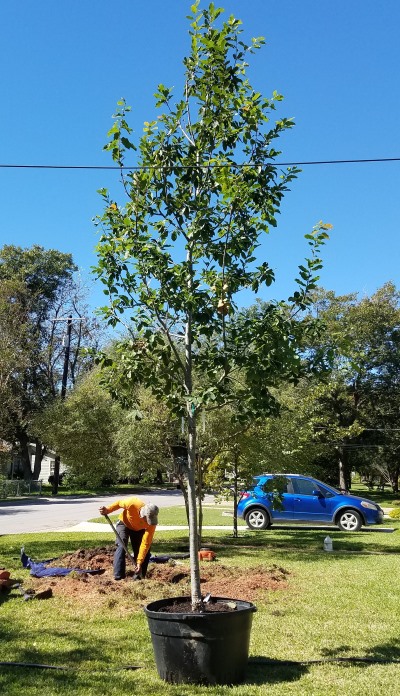
Take the long view
Remember that there is a good chance that most of the trees on your property will out live your great-grand kids. If a tree is in decline, the sooner you replace it the sooner a healthy and well cared for tree will someday tower over that same area. Rather then dwelling on the end of a tree’s life, think about the beginning of a new tree’s life. A life that may likely go on for centuries!



